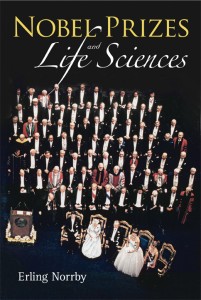In what may be the first demonstration of myelin repair in people with multiple sclerosis, an old antihistamine shows modest improvement in the function of chronically demyelinated optic nerves.
Thanks in part to a close collaboration between a scientist and a physician, the prospect of myelin repair therapy in multiple sclerosis (MS) is better than it has ever been. A new study of an old antihistamine may be the first demonstration of effective myelin repair in people, a finding strengthened by follow-up studies in mice. And it probably set some kind of new speed record in moving a science discovery into the clinic for testing.
The randomized double-blind study tested the antihistamine clemastine in 50 people whose relapsing-remitting MS also included long-standing visual system damage known as chronic demyelinating optic neuropathy. The preliminary findings of the phase 2 trial will be presented on Tuesday, 19 April 2016, at the American Academy of Neurology meeting in Vancouver, Canada.





